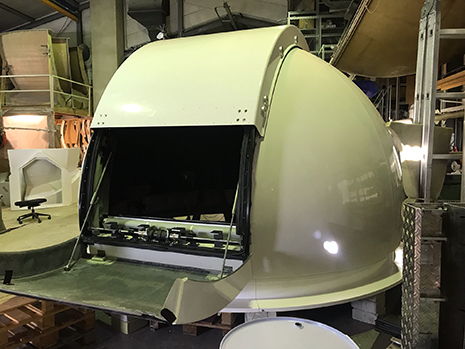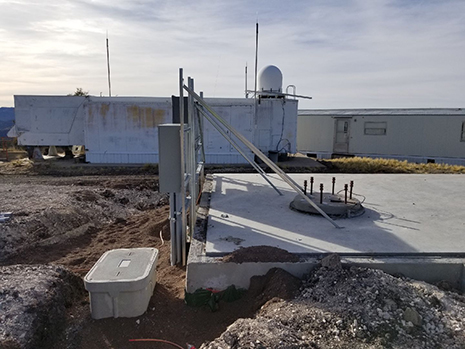SGSLR@MGO Blog
For over 40 years, NASA's global network of satellite laser ranging (SLR) stations has provided a significant percentage of the global orbital data used to define the International Terrestrial Reference Frame (ITRF). The current NASA legacy network is reaching its end-of-life and a new generation of systems must be ready to take its place. Scientific demands of sub-millimeter precision ranging and the ever-increasing number of tracking targets give aggressive performance requirements to this new generation of systems. Using lessons learned from the legacy systems and the successful development of a prototype station, a new network of SLR stations, called the Space Geodesy Satellite Laser Ranging (SGSLR) systems, is being developed. These will be the state-of-the-art SLR component of NASA’s Space Geodesy Project.
The McDonald Geophysical Observatory (MGO) is located at McDonald Observatory in western Texas. The current legacy SLR system at the Observatory is the McDonald Laser Ranging System (MLRS) located on Mt. Fowlkes. The system has a long history of lunar and satellite laser ranging. The new SGSLR system will be located near the MLRS station on Mt. Fowlkes. The new Space Geodesy VGOS site is located about 800 meters west of SGSLR near the McDonald Visitors Center.
This blog will cover the development of the SGSLR at MGO as it happens, including the build of the facility, the integration and testing of the instrumentation, and the eventual verification of the system during collocated ranging with MOBLAS-7.
Dome Factory Acceptance Test successfully completed
September 30, 2019
The MGO dome successfully passed the Factory Acceptance Test (FAT) at Baader Planetarium in Mammendorf Germany on September 19, 2019. Scott Wetzel (KBR) and Julie Horvath (KBR) were in attendance. They approved the FAT and accepted the dome. Installation of the dome at MGO is expected to occur in January 2020.
Blog posts
September 30, 2019
Dome Factory Acceptance Test successfully completed September 30, 2019
January, 2019
SGSLR on Mt Fowlkes starts with pad and pier (January 2019)






